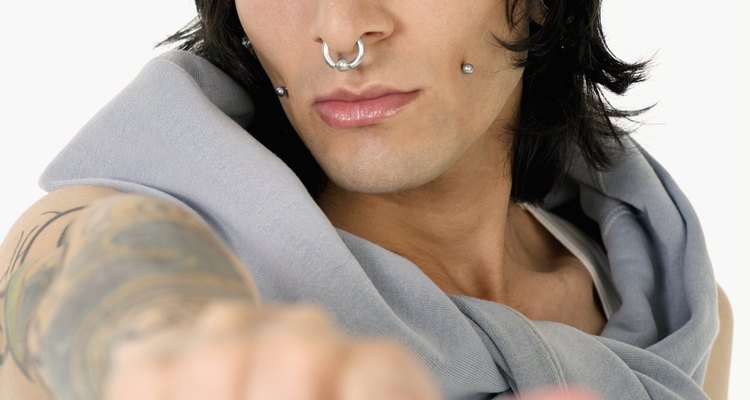
Medioimages/Photodisc/Photodisc/Getty Images
Nose rings, which have symbolic meaning in Indian, African and some Muslim cultures, are gaining popularity in other areas of the world as well. In fact, in the United States, nose piercing may be seen as an act of rebellion against conservative values. Depending on where you live a nose ring can have different meanings -- such as the expressions of cultural values or a decoration to enhance your appearance.
History
In ancient India, the nose was meant for more than breathing and detecting smells. In fact, 6,000 year old Vedic Scripts and manuscripts mention nose piercing and nose rings. At that time it was believed that the nose was also involved with fertility. In the 1970s hippies who traveled to India learned about nose piercings and embraced the practice.
In other parts of the world, South Africa in particular, nose jewels are worn by the Berber and Beja to display their wealth. The Berber and Beja believe, however, that larger the jewel, the wealthier the family. As body piercing gains popularity, nose piercing is becoming more main stream.
Theory
Decorating the nose is also important because the ancients believed the sixth sense, which represents brainwave focus, is located just above the end of the nose. In India, brides wear nose rings or studs because they are attractive and imply that the bride is worthy. It is also believed that the nose connects with romantic, sexual and emotional feelings.
Significance
In Ayurvedic medicine nose piercing is associated with female reproductive organs. It is believed that nose piercing helps reduce periodic menstrual pain and discomfort and that it assures less pain during child birth.
Considerations
In India, the nose ring is an important part of the bridal costume and is worn in either the left or right nostril depending on where the bride is from. The nose ring is believed to enhance the bride's beauty in her husband's eyes. Nose rings, which may be decorated with fish, birds, jewels and pearls, are made of either gold or silver. It is not uncommon to see married Indian women of childbearing age wearing a small stud or stead in the left nostril of their nose every day.
Theories/Speculation
Nose piercings in Western cultures seem to be strictly for adornment purposes. There is no cultural or historical requirement or meaning such as in Indian, African and Muslim cultures. In the United States, nose piercing is more a modern fashion statement.
Related Articles

Reasons to Get a Nose Ring

Why Does the Wedding Ring Go on the 4th ...

The Significance of Earrings on Men

Why Do Brides Wear Veils?

10 Reasons to Get a Nose Ring

When Did Pierced Ears Originate?
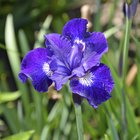
What Does a Purple Iris Symbolize?

The Meaning of a Flower Girl in a ...

When Did Men First Start Wearing ...
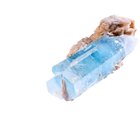
List of the Types of Semi-Precious ...

Hispanic Clothing History

What Is a Journey Ring?

Coptic Orthodox Dress Etiquette

How to Wear an Irish Wedding Ring

The History of the Boutonniere

The Meaning of Wedding Bands
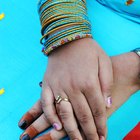
Malay Traditional Wedding Attire
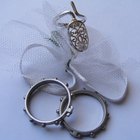
Etiquette of Signet Rings

How to Take Out a Lip Ring Stud
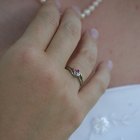
What Is the Meaning of a Ring on the ...
References
Photo Credits
Medioimages/Photodisc/Photodisc/Getty Images